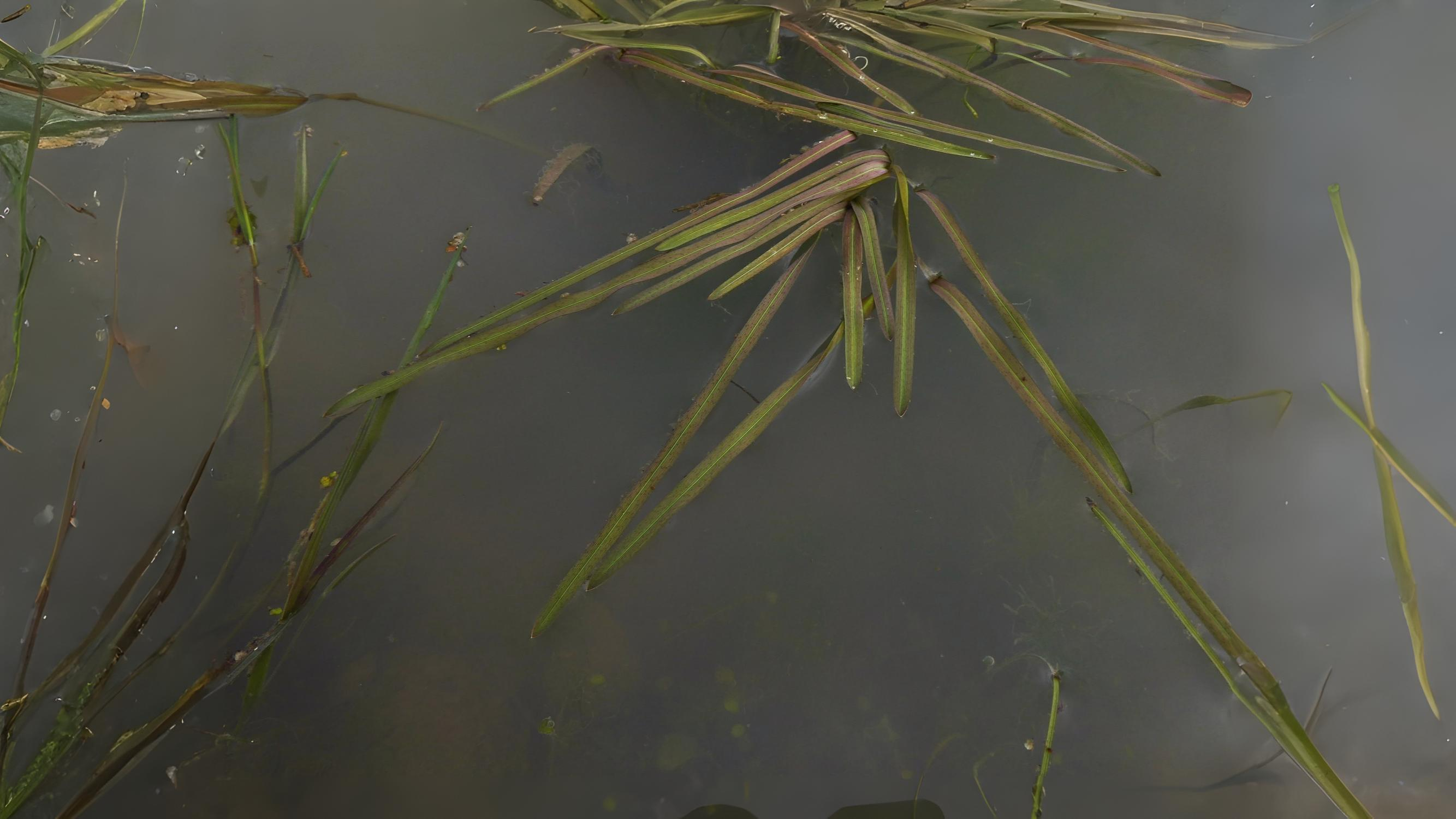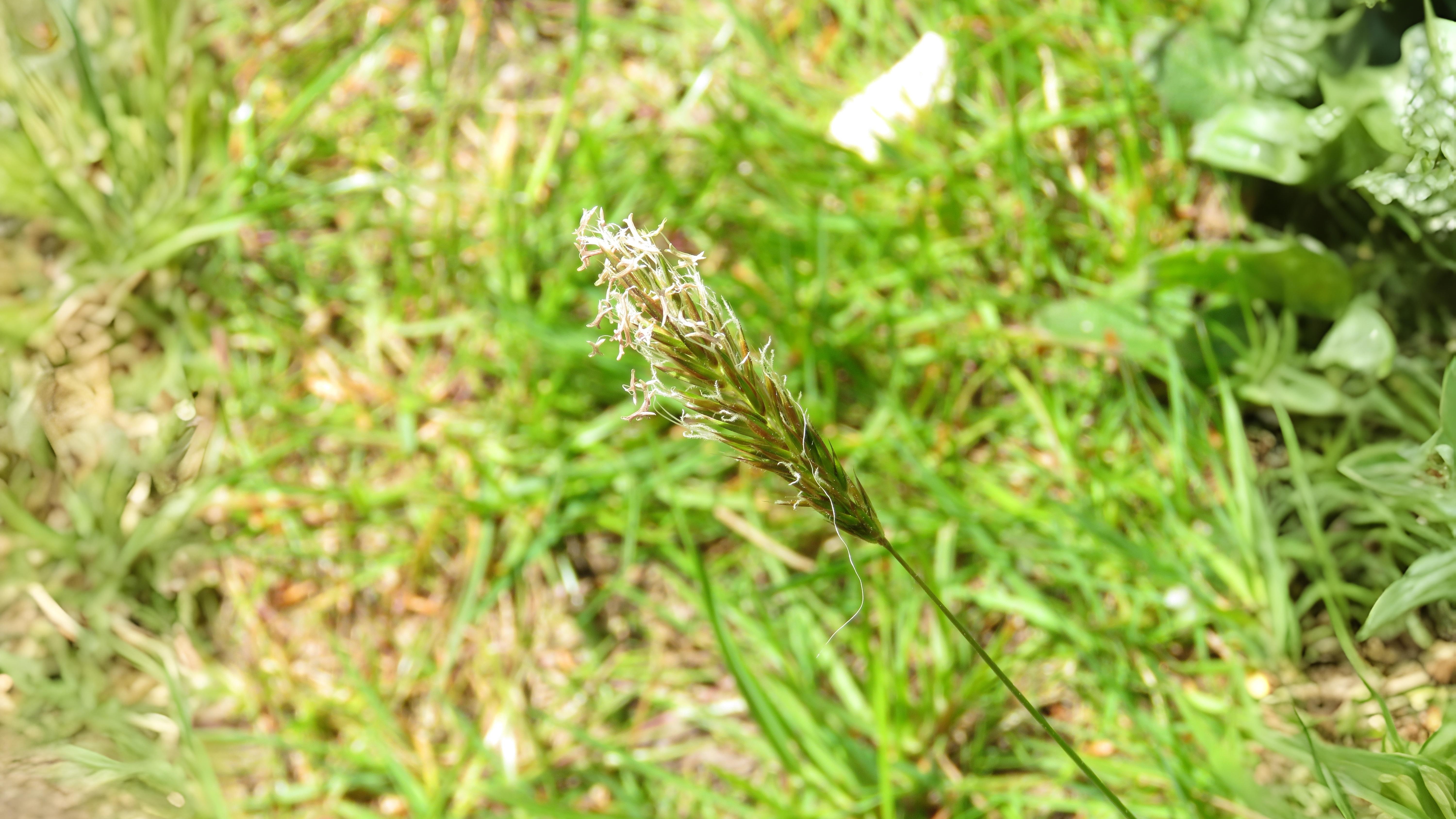
On 16 May, join us as we explore the hidden world of urban grasses, from foxtails swaying in the breeze to the sweet-scented Sweet Vernal Grass that perfumes our parks. Discover why these humble plants are more intriguing—and essential—than you might think.
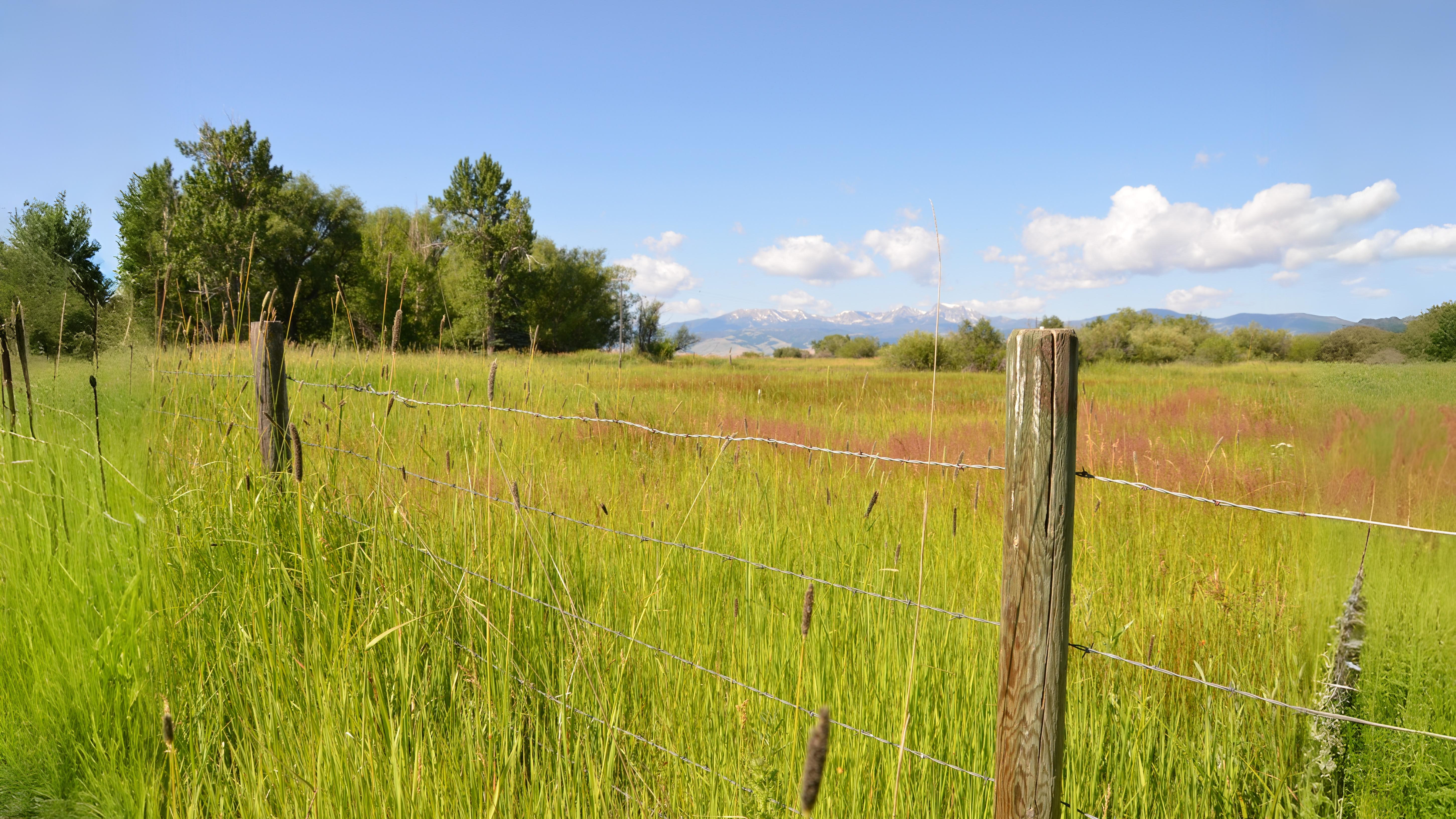

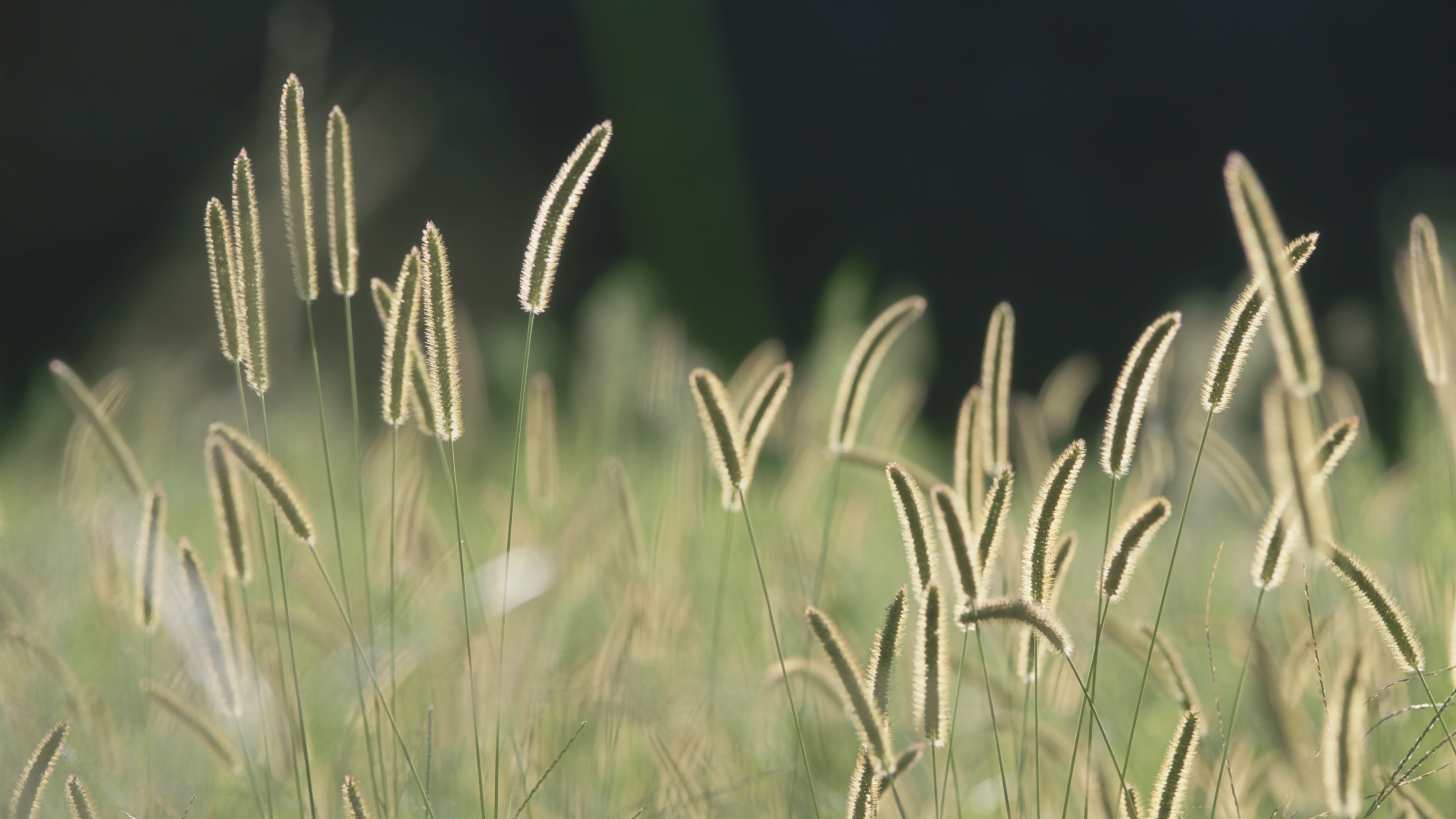

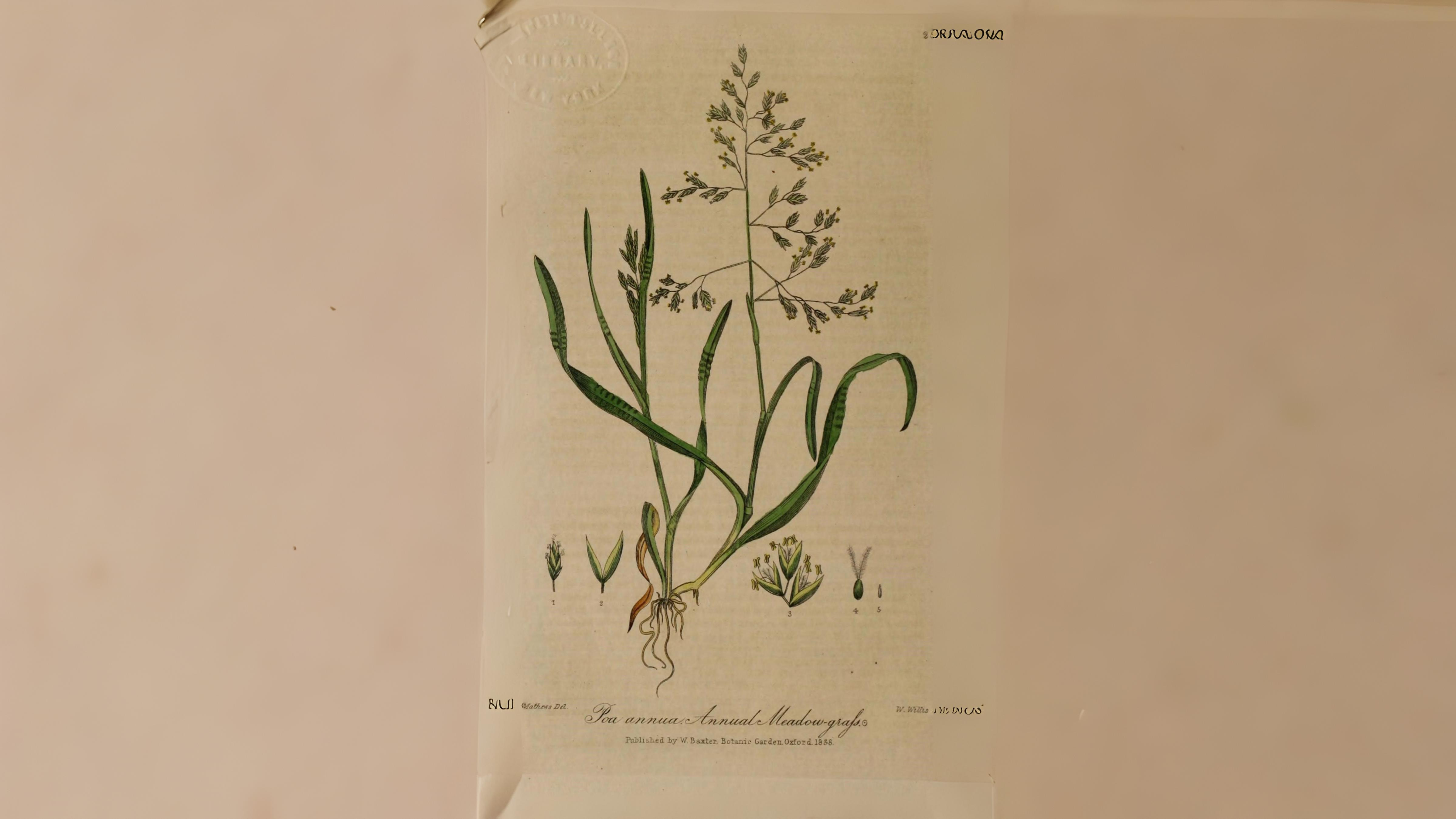

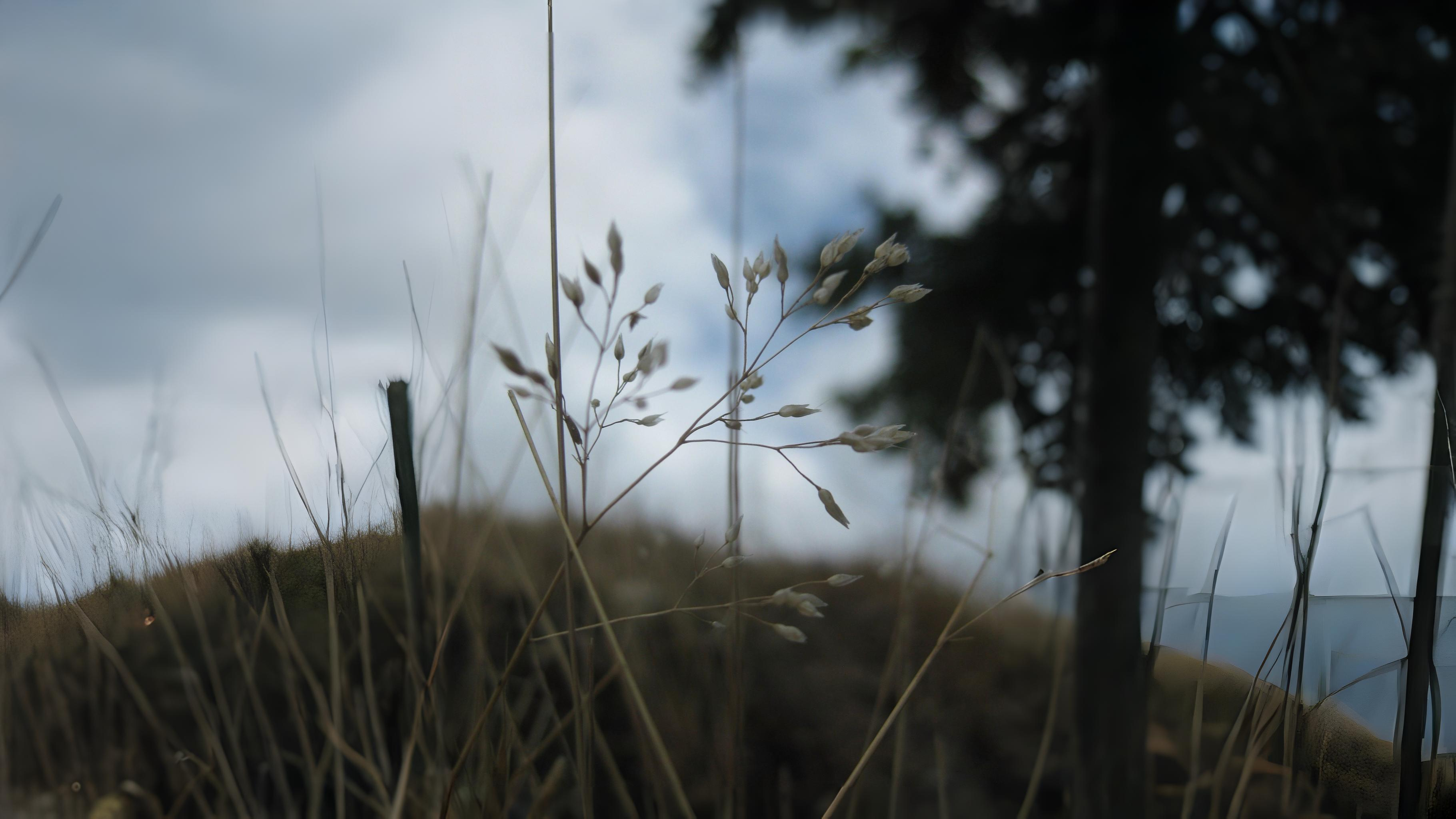

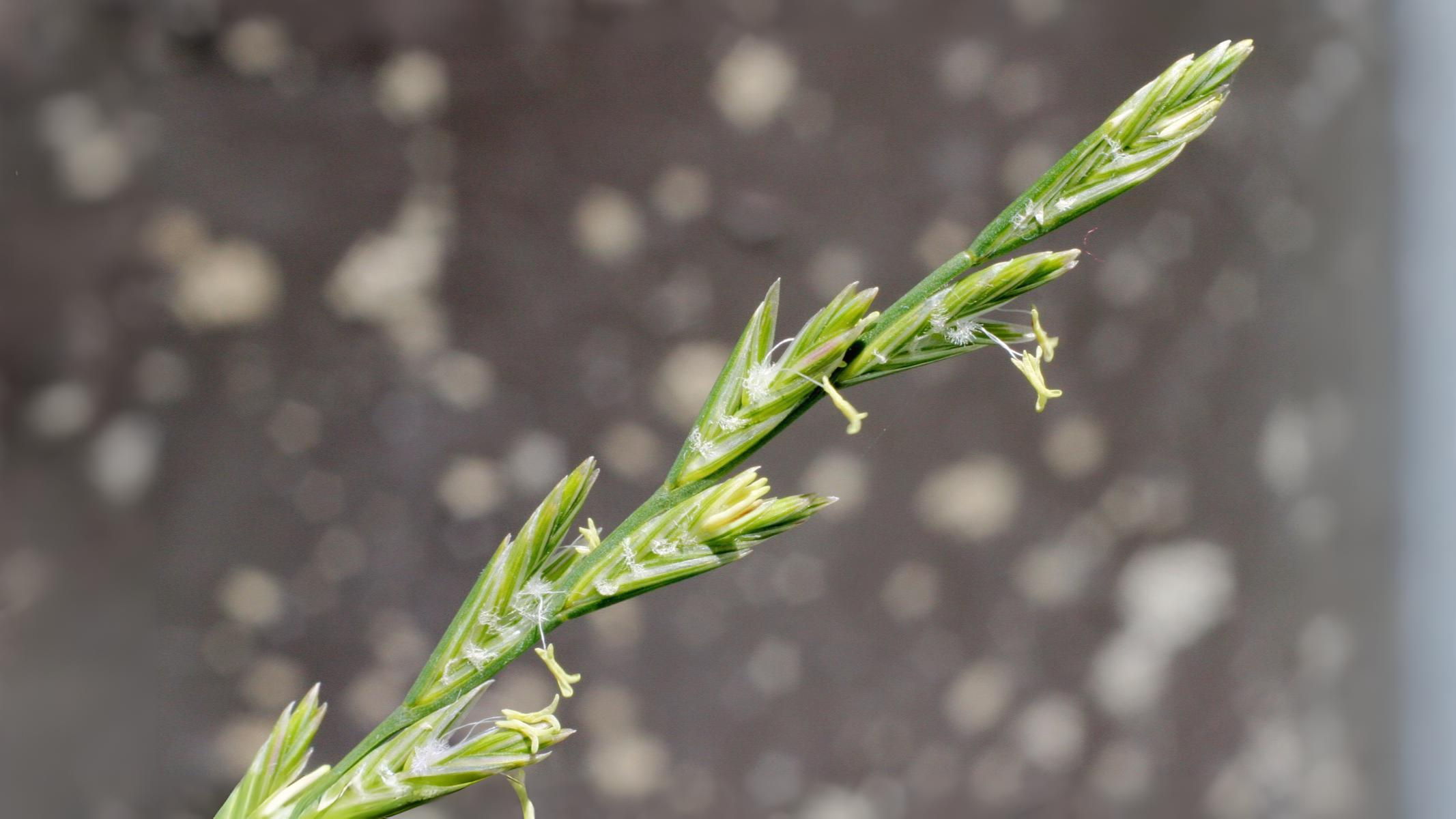

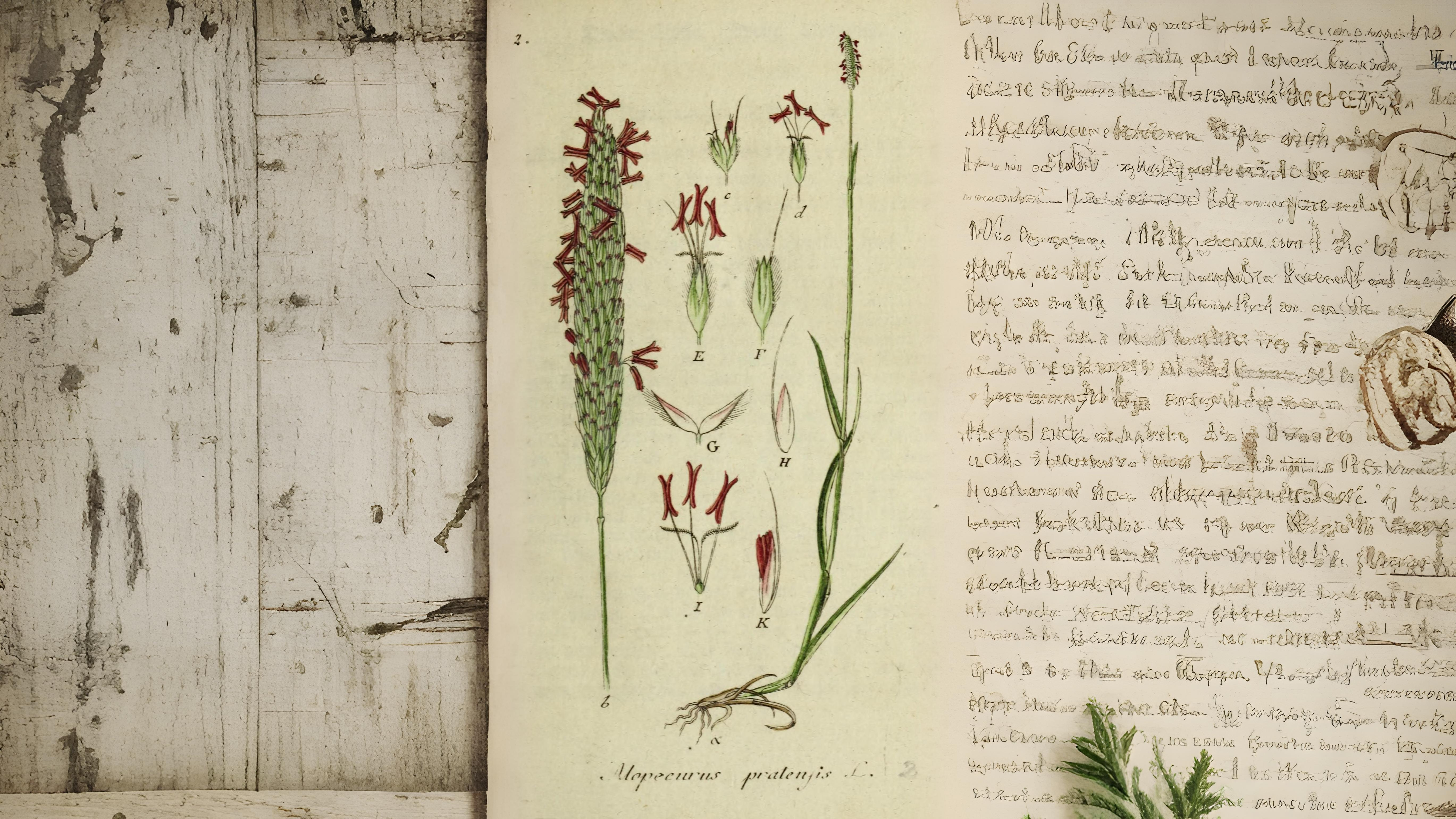

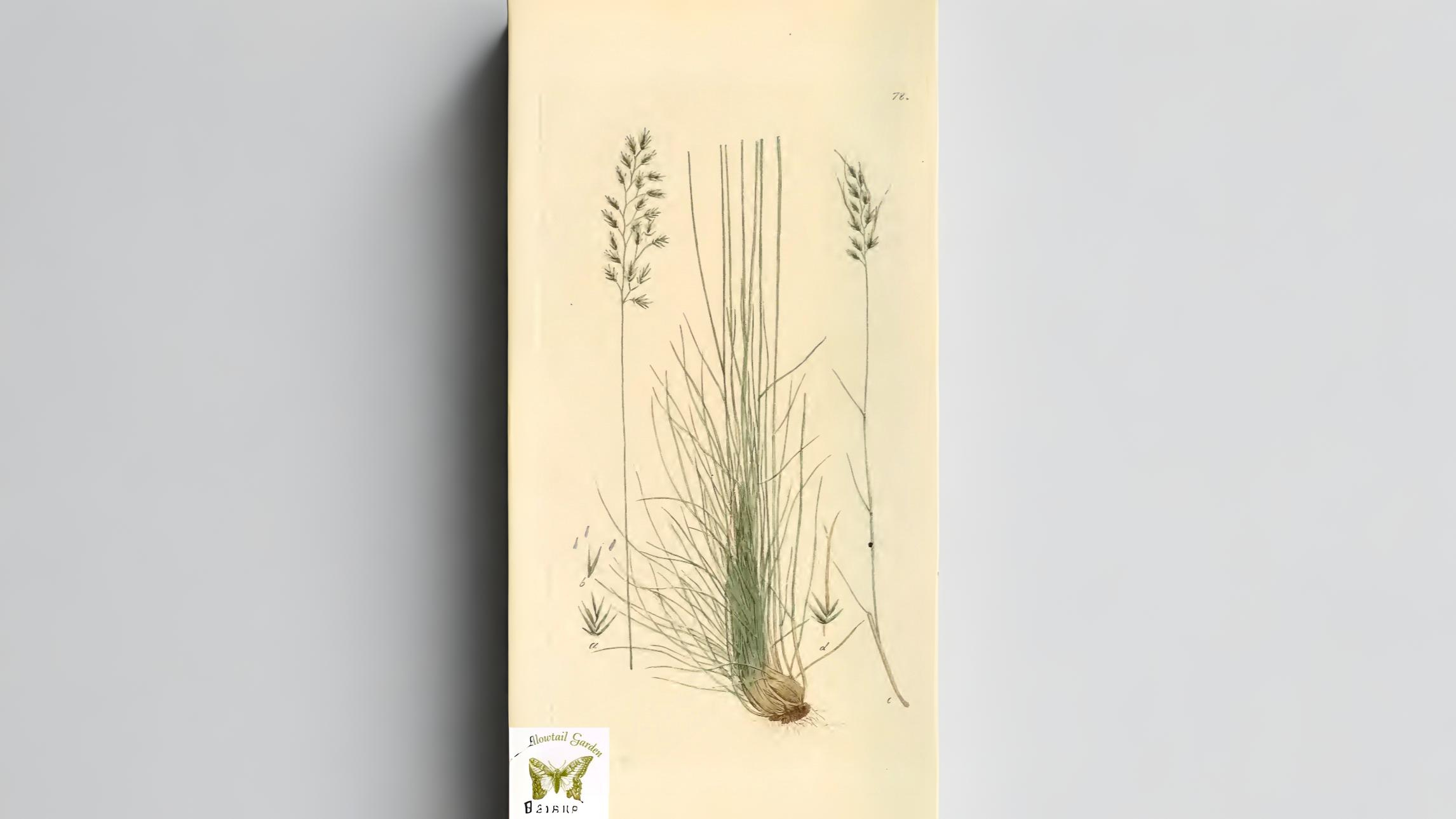

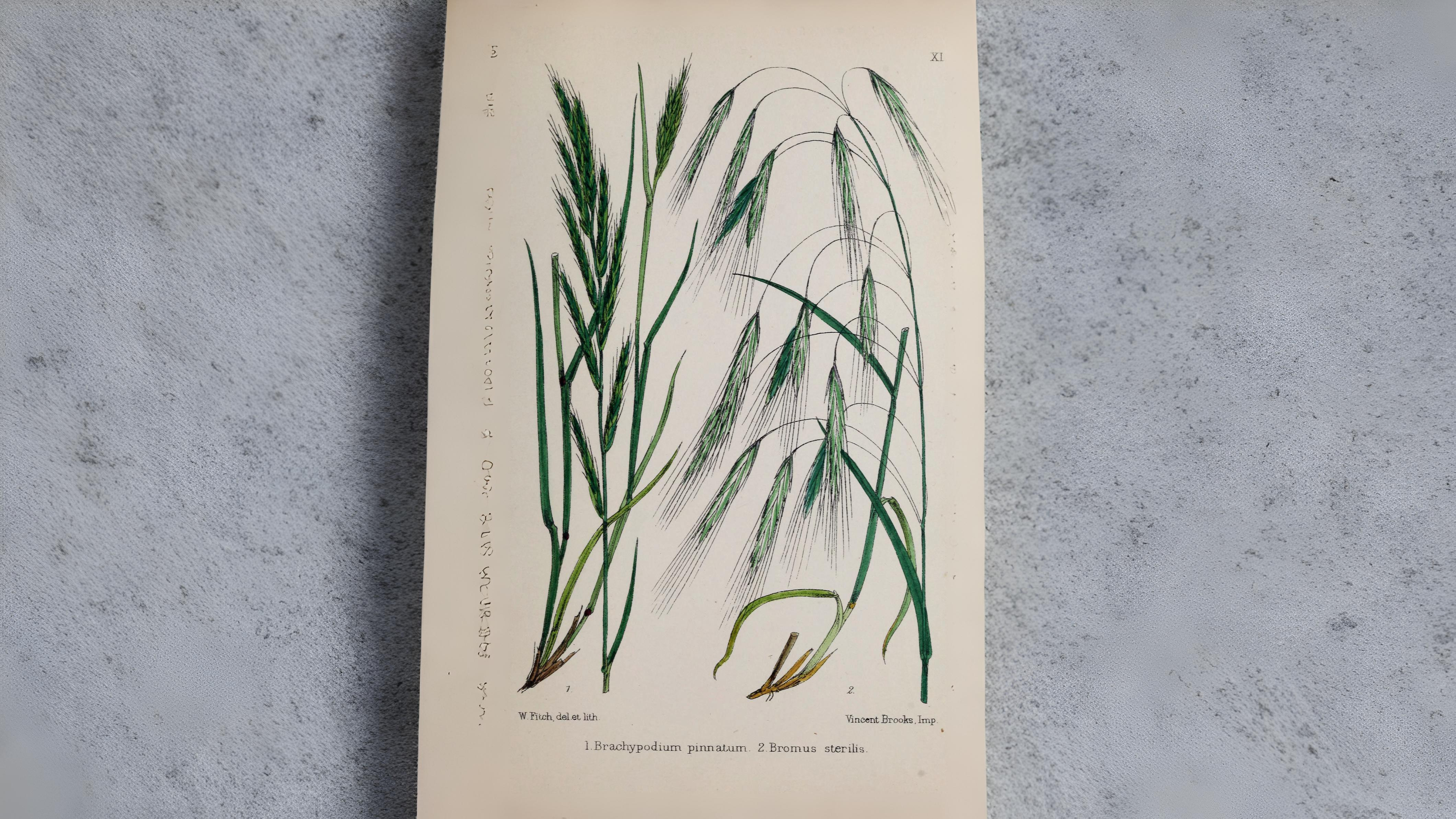

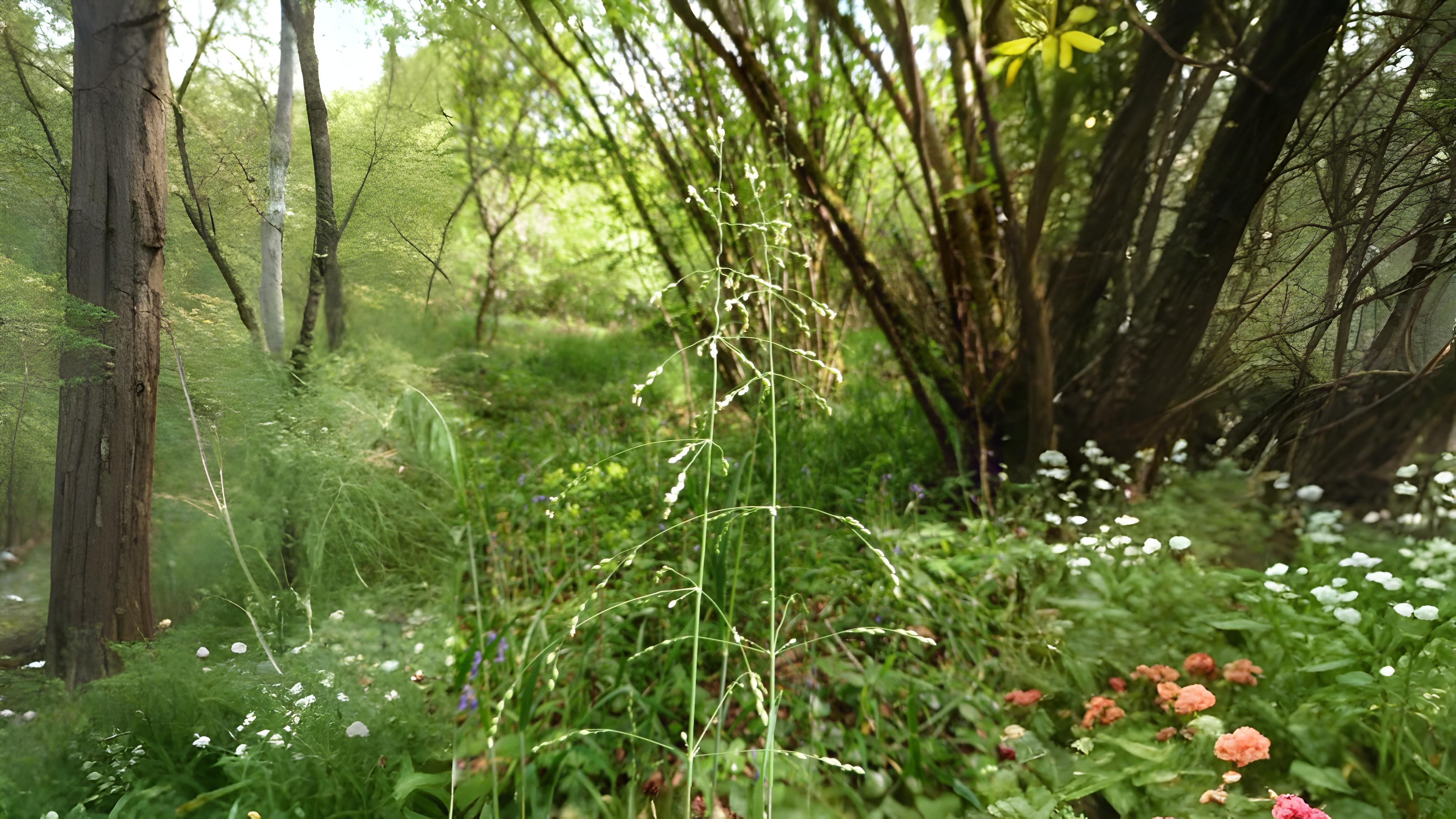

Lastly there are two more very noticeable grasses that are likely to be seen a lot. The first is Cocksfoot Dactylis glomerata which seems to be almost everywhere, not just now but for most of the rest of the year. It is a distinctive tall, coarse grass with densely packed spikelets in rounded clusters that are often tinged with lilac. Its long flat leaves also have prominent keels. At one time it was an important grass of permanent pasture and its hay provided food for horses.
